Space is a mysterious and wondrous place that’s full of mysteries, and there are plenty of myths about it. From the belief that the universe is infinite to the idea that space is silent, these misconceptions can often cloud our understanding of the stars and beyond. To help shed some light on the subject, here are some common myths about space and the truth behind them.
10- Sun is Yellow
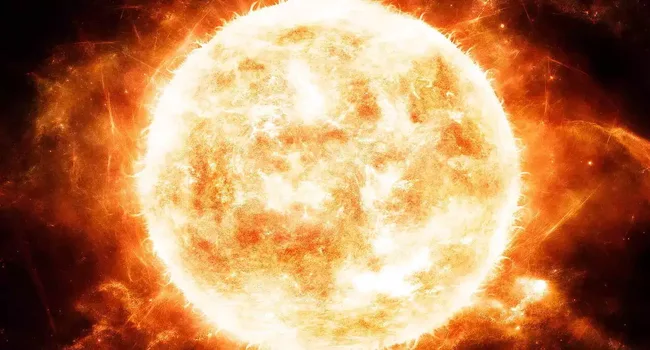
Photo Credit: Times Now
Space is full of intriguing mysteries and fascinating facts, but it’s also filled with a lot of myths and misinformation. One of the most common misconceptions is that the sun is yellow. While it may appear yellow to our eyes, it is actually composed of many different colors. The sun is actually a white star, with its light composed of every color in the visible spectrum. The blue and violet parts of the light spectrum are scattered more than the other colors by the dust particles in the atmosphere. This is why the sun often looks yellow, orange or red at sunrise or sunset.
9- Great Wall of China

One of the most popular myths is that the Great Wall of China is visible from space. This is not true, as the wall is not visible to the naked eye from orbit. Astronauts have reported that the wall is only distinguishable with the aid of powerful telescopes or high-resolution cameras. This myth has been perpetuated by people who have seen photos of the wall taken from space and assumed that it is visible without the aid of special equipment.
8- Mercury is Hottest
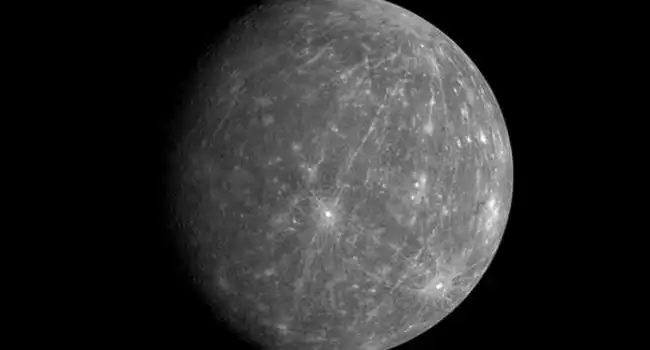
Space is an amazing and mysterious place, and there are many myths and misconceptions about the planets and other celestial bodies that populate the night sky. One of the most common myths is that Mercury is the hottest planet. While it is true that Mercury is the closest planet to the Sun and is exposed to more of its heat than any other planet. It is still not actually the hottest planet in the solar system. The planet Venus actually has the highest temperature, reaching a scorching 864°F (462°C). This is due to its thick atmosphere, which traps heat around the planet. Venus also has the strongest greenhouse effect of any planet in our Solar System. Mercury may be the closest planet to the Sun, but it does not stand a chance against the tempestuous atmosphere of Venus.
7- Stars Twinkle
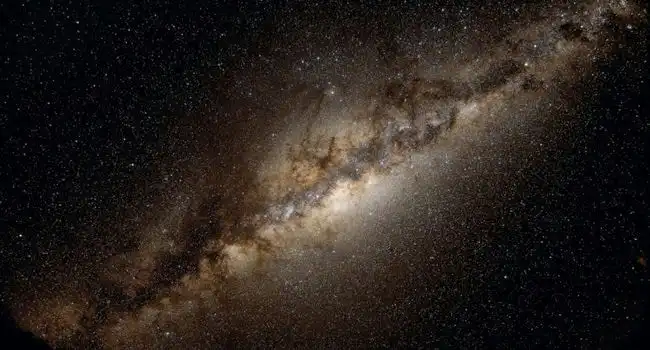
Stars twinkle because of the atmosphere. As starlight passes through the atmosphere, it is subjected to tiny changes in density. This causes the light to bend slightly and refract, making the star appear to twinkle. The twinkling is also affected by temperature variations in the atmosphere, creating a shimmering effect. Additionally, the moisture in the atmosphere can cause starlight to refract in multiple directions, creating a multi-colored twinkle. This phenomenon is often referred to as “scintillation” and is most noticeable on nights with very clear skies. It’s a beautiful sight to behold, and a reminder of the vastness of space.
6- Only Saturn Has Rings
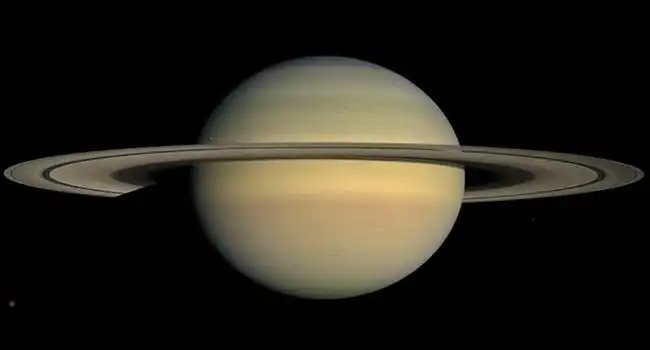
Space is a mysterious and fascinating place, filled with a vast array of facts and myths. One of the most enduring myths about space is that only Saturn has rings. While it is true that Saturn has the most spectacular and well-known rings, it is not the only planet that has them. Jupiter, Uranus, and Neptune also have rings, albeit much fainter and less visible than those of Saturn. The rings of these planets are made up of small particles of ice and dust. In addition, some asteroids also have rings, although these are much less distinct than those of the larger planets.
5- Sun is Burning
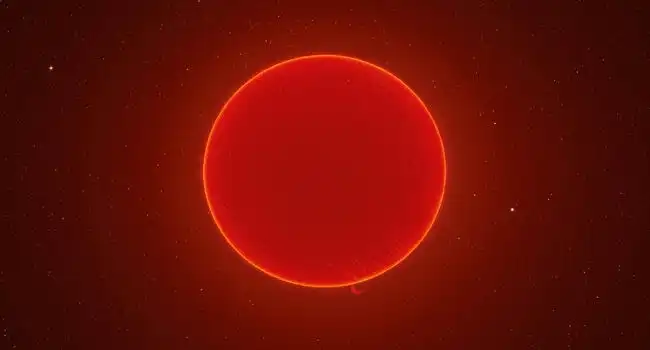
Many of us have heard the myth that the sun is burning, and that it is fueled by some kind of fuel like coal or oil. This is not true! The sun is actually a star, and it is powered by a process called nuclear fusion. This is where hydrogen atoms are fused together to form helium atoms and the energy produced by this reaction is what provides the sun with its energy. This process has been going on for billions of years, and it will continue to do so for billions more. The sun will eventually run out of fuel, but this won’t happen for another five billion years or so. So, don’t worry about the sun going out anytime soon!
4- Summer Season Reason
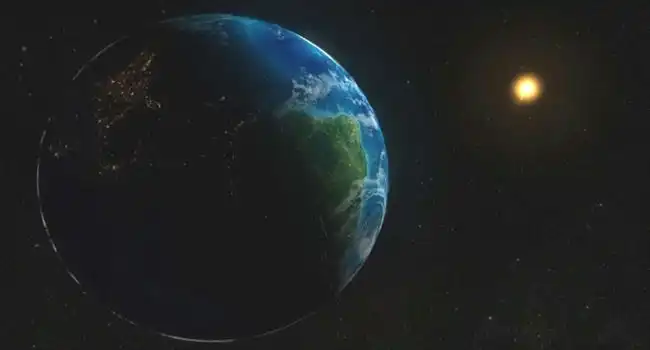
The myth that Earth is closer to the Sun in summer is a common misconception. In reality, Earth’s orbit around the Sun is an ellipse and is not affected by the seasons. Earth’s closest approach to the Sun is actually around January 3rd of each year, a point known as perihelion. Conversely, Earth’s farthest distance from the Sun is around July 4th, known as aphelion. This variation in distance between the two is only 3.2%, so the difference in temperature between summer and winter has more to do with the tilt of Earth’s axis than its distance from the Sun.
3- Dark Side of Moon
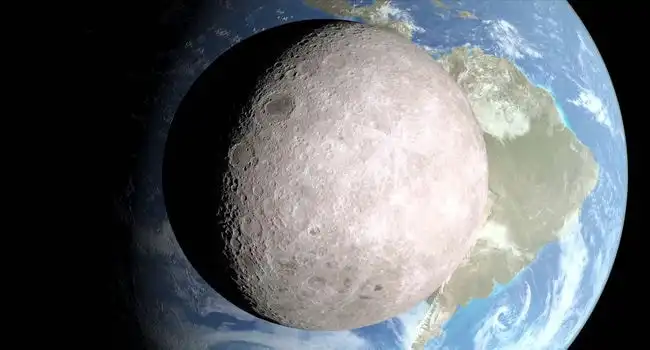
Photo Credit: NASA
The myth that the Moon has a dark side is one of the most enduring in space exploration. While it is true that one side of the Moon is always facing away from the Earth. Still, the myth of a “dark side” implies that one side of the Moon is always in darkness. In reality, both sides of the Moon experience the same amount of sunlight and darkness, as the Moon rotates around its axis in the same amount of time it takes to orbit the Earth. This means that over the course of a month, both sides of the Moon are illuminated by the Sun.
2- Black Holes Suck
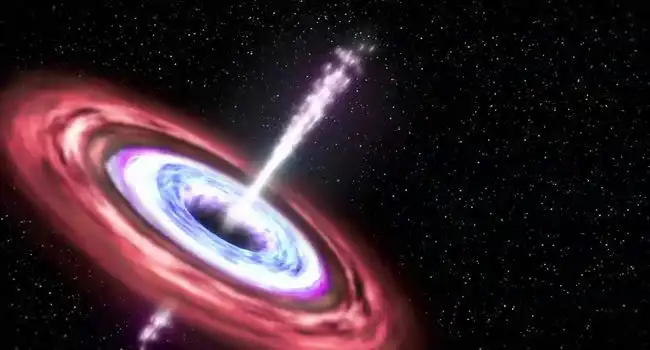
Photo Credit: Forbes
Space is filled with mysteries and one of the most enduring has been the black hole. Though they are often portrayed in movies and TV shows as destructive, voracious monsters, the truth is that black holes are actually quite fascinating and have many interesting properties. Contrary to popular belief, black holes do not actually “suck” in matter. Instead, they have a very strong gravitational pull that can pull objects towards them, but they will never actually suck them in. In fact, black holes can be so powerful that they can even bend light around them, making them almost invisible to the human eye.
1- Phases of Moon
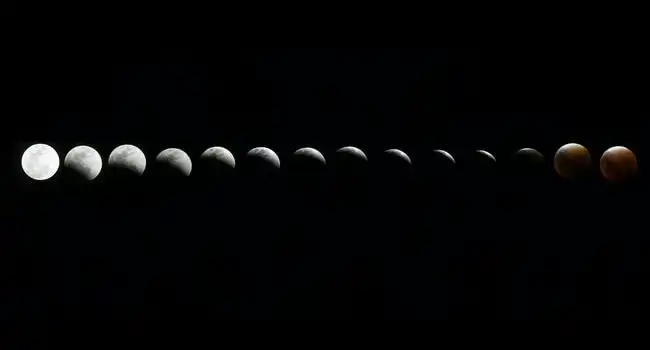
Earth’s shadow casts a rare lunar eclipse when it comes exactly between the sun and the moon, temporarily blocking out the light. Otherwise, the lunar phases are the result of the sun rising and setting over the visible side of the moon as it orbits Earth. During a full moon, the moon is on the opposite side of Earth to the sun, so its entire visible surface is illuminated, while during a new moon, the moon comes between Earth and the sun, so the light falls on the side that we cannot see. In the intervening days, the amount of light that we can see on the lunar surface gradually increases and decreases with the orbit of the moon. So the statement that Earth Shadow causes the Lunar phases is just another Space Myth


